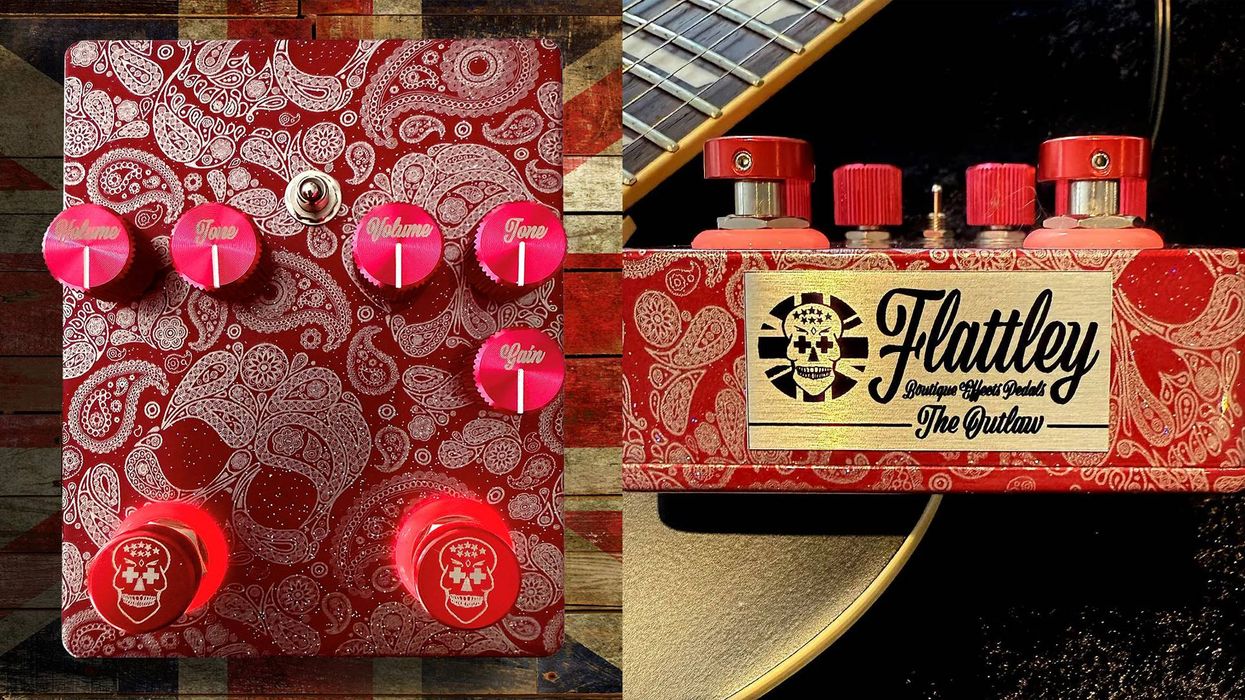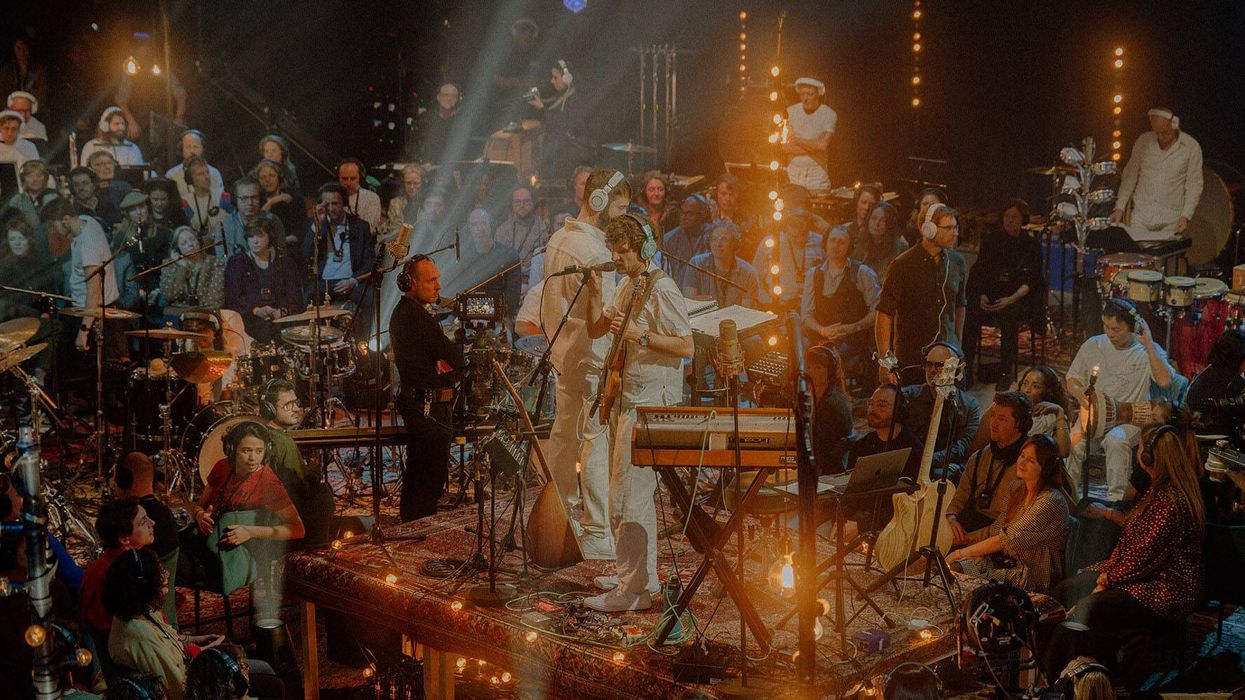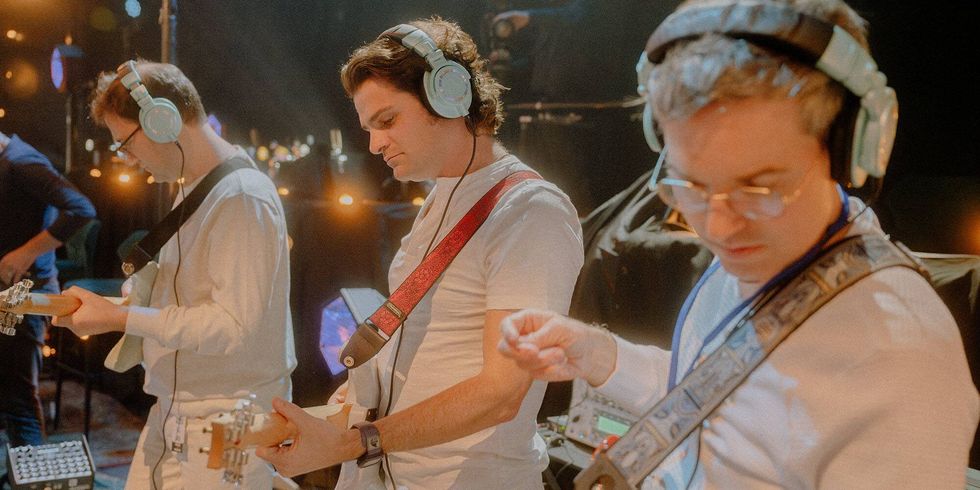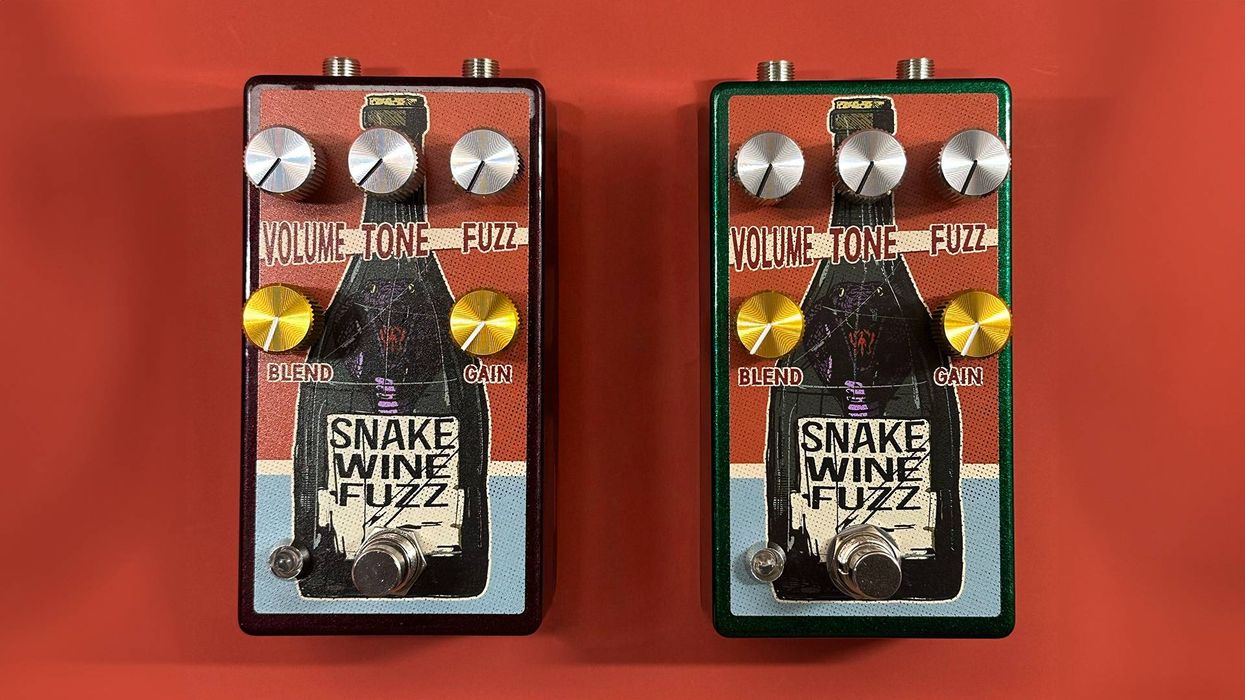Martin Guitar unveils its 2025 NAMM Show lineup, featuring the limited-edition D-3 Millionth, Grand J-28E DN, Centennial Concert Uke, CEO-11, 00L Oliver, and D-Robert Goetzl 10.
These models join the refreshed Standard Series and Retro Plus guitars, showcasing Martin’s unwavering dedication to craftsmanship and creativity. Designed for musicians and collectors alike, they promise something truly extraordinary.
This special lineup of instruments will be on display at The 2025 NAMM Show in Anaheim, California, through Saturday, January 25, with more exciting releases to come.
For more information, please visit martinguitar.com.
D-3 MILLIONTH
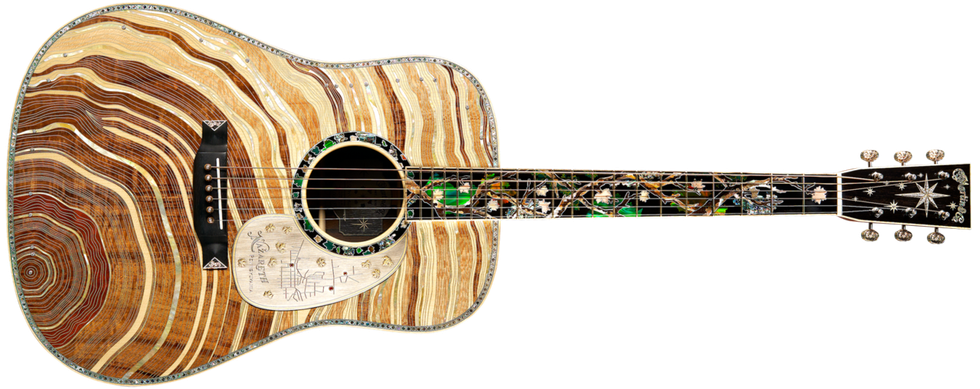
The Martin D-3 Millionth is a breathtaking celebration of Martin Guitar’s rich legacy, craftsmanship, and the people behind it all. This limited-edition Dreadnought, marking the 3 millionth serialized Martin instrument, is a masterpiece in both sound and design that celebrates the “& Co.” in the company’s name.
Its top depicts a cross section of an American sycamore tree, featuring rings made of real sycamore and solid gold representing each year of the company’s growth, with diamonds marking major milestones in Martin’s 192-year history. The theme of “past, present, and future” is woven into every ornate detail, including its ebony headplate showcasing a diamond-filled Moravian star and an engraved 14-karat palladium pickguard, with rubies marking each of Martin’s three Nazareth-area factory locations since 1839.

On the back of the guitar, which is made of rare and coveted Brazilian rosewood, a beautiful sycamore tree of gold and pearl pays tribute to the countless employees who have left their fingerprints on the company’s legacy, from its early days in New York City to its longtime home in Nazareth, Pennsylvania.
With only three of these guitars in existence—and only one for sale (serial number 3,000,002)—this awe-inspiring instrument is both a tribute to the workers who built the brand and a testament to the innovation that keeps Martin at the forefront of acoustic excellence.
D-300
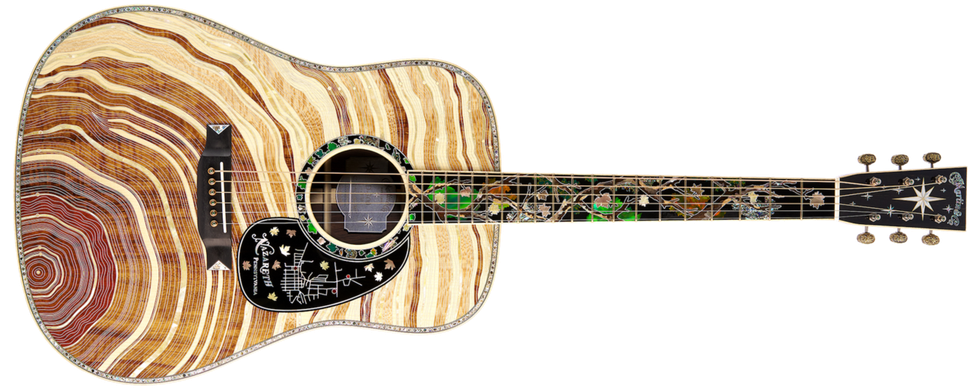
Inspired by the D-3 Millionth, the top of this limited-edition Dreadnought also represents the cross section of an American sycamore tree, with rings made of real sycamore and silver representing each year of the company’s growth, and solid gold dots marking pivotal moments in Martin’s history.
Its Brazilian rosewood back features a sycamore tree made of abalone, symbolizing the countless employees who have left their mark, while rubies embedded in the inlaid ebony pickguard represent Martin’s three Nazareth-area factory locations since 1839.
With European flamed maple binding, Waverly gold tuners, and Liquidmetal® bridge pins with bezel-set emeralds, the D-300 is both a visual and sonic masterpiece, honoring Martin’s enduring commitment to quality, artistry, and the workers who built the brand.
Only 30 of these guitars are available for purchase.
GRAND J-28E DN
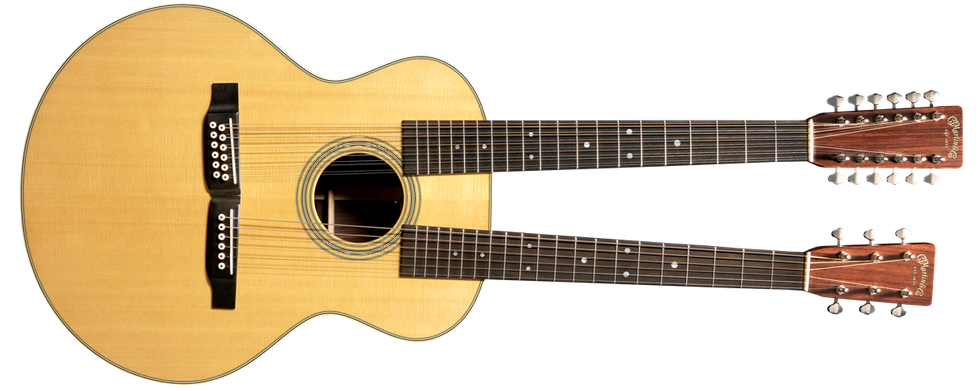
For the first time in over a century, Martin is thrilled to offer a one-of-a-kind double-neck instrument—the Grand J-28E DN. As a member of the popular Standard Series lineup, this all-new guitar combines Martin’s renowned quality and craftsmanship with modern innovation, featuring an acoustic-electric with a twelve and six-string neck, giving you the versatility to explore new sounds, tunings, and musical textures all on one guitar.
Its powerful Grand Jumbo body delivers a bold, resonant tone, with solid East Indian rosewood back and sides and a solid spruce top that ensures balance and clarity across all playing styles.
This double-neck guitar took years to perfect, and thanks to cutting-edge technology at Martin’s Nazareth factory, the Grand J-28E DN, featuring two compound dovetail neck joints and unique X bracing, is now available to the public. Both necks feature a smooth satin finish and ebony fingerboard, with the six-string neck offering a slightly slimmer profile at the nut. It also includes built-in custom Fishman® electronics, making it ready for the stage and studio.
With classic 28-style appointments and endless sonic possibilities, this guitar is a dream for players seeking an extraordinary instrument that’s anything but standard.
CENTENNIAL 1 CONCERT UKE

Celebrate a major milestone of Martin craftsmanship with the limited-edition Centennial 1 Concert Uke. This understated yet elegant ukulele honors 100 years of Martin producing concert-sized ukes, which have been cherished by players worldwide since 1925.
Crafted from solid sinker mahogany, reclaimed from the depths of Belizean rivers, this uke has a rich, warm tone and a striking grain that only nature could create. Its concert size offers a coveted balance, sitting between the smaller soprano and larger tenor, making it comfortable to play while delivering full, resonant sounds. The neck is also made from sinker mahogany paired with an East Indian rosewood fingerboard that stops at the body joint, a nod to vintage ukulele design that opens up more of the instrument’s top for increased resonance.
With only 91 instruments available, this vintage-inspired uke is a rare find for players and collectors alike. It even includes a commemorative paper label inside to mark this special milestone, featuring an image of the North Street factory where the first concert ukes were handcrafted 100 years ago.
CENTENNIAL CONCERT UKE
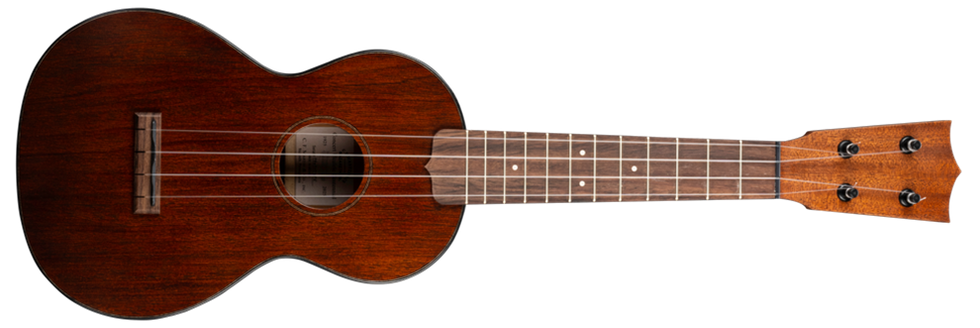
Only offered through 2025, this vintage-inspired ukulele also honors 100 years of Martin manufacturing concert-sized ukes.
Crafted in Navojoa, Sonora, Mexico, it's made from solid genuine mahogany, offering a blend of warmth and brightness with a punchy midrange that makes every note sing, while its select hardwood neck features an East Indian rosewood fingerboard that stops at the body joint. Coupled with spruce bracing, the design allows the body to resonate freely, resulting in a powerful, dynamic tonal response that honors the heritage of Martin’s original concert ukuleles.
Modern upgrades include Graph Tech RATIO® tuning machines, giving you the convenience and stability of a geared tuner while keeping the look and feel of a vintage friction peg. It also includes a commemorative paper label inside, featuring an image of the historic North Street factory, and is snugly housed in a softshell case.
The Centennial Concert Uke offers the chance to own a piece of Martin’s rich musical history, celebrating the world’s oldest surviving ukulele manufacturer.
CEO-11
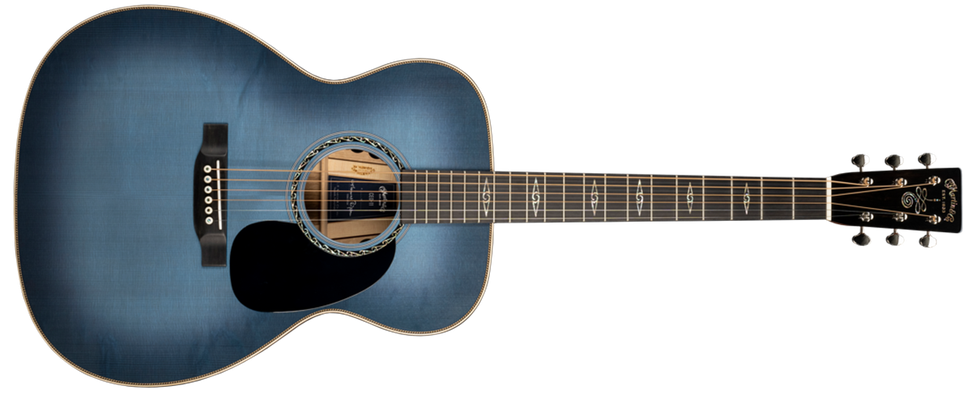
The Martin CEO-11 is a striking, limited-edition acoustic-electric that blends artistry and craftsmanship in a way only Martin can. Designed by President and CEO Thomas Ripsam, this Grand Auditorium (M) model features a figured white oak multi-piece back and sides paired with an FSC®-certified European spruce top, offering a rich, dynamic sound that’s both powerful and warm.
The eye-catching New Horizons blue burst top and dark mahogany-colored sides create a look that’s as bold as the sound it creates. Unique inlays, including a custom Unalome symbol on the headplate, add a personal touch that speaks to finding your creative path.
With a two-piece flamed maple neck, European flamed maple binding, and scalloped spruce X bracing, the CEO-11 invites you to connect with your sound and express yourself fully. It’s equipped with Fishman Aura VT Blend electronics, custom-voiced to Thomas’ preference, ensuring that its tone stands out wherever you play.
The number 11, a “master number” that symbolizes intuition and creativity, aligned perfectly with the guitar’s artistic vision, acting as a subtle reminder of the journey every artist takes to find their true voice. Limited to only 1,111 models, the CEO-11 is built for players looking to make a statement—sonically and visually—while staying true to Martin’s legacy of unleashing the artist within. Each guitar includes a blue paper label signed and numbered by Thomas.
00L OLIVER
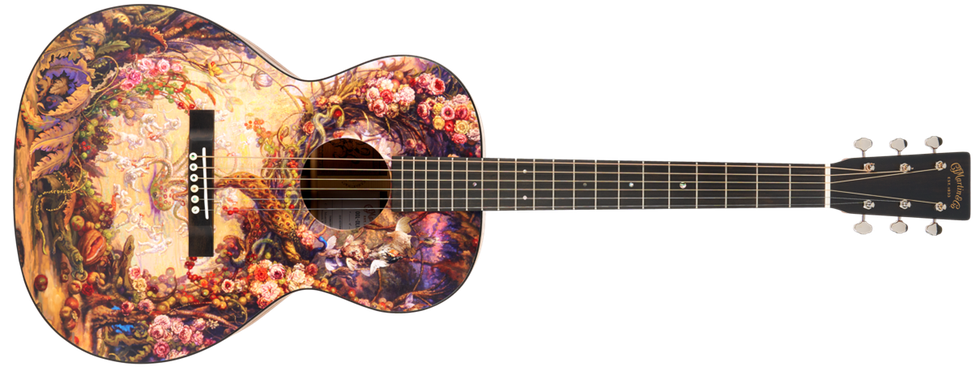
The Martin 00L Oliver is a stunning new model born from a unique collaboration between Martin Guitar and renowned artist Julie Heffernan. This limited-edition acoustic features Heffernan’s captivating oil painting “Self-Portrait as Arms and the Men,” beautifully reproduced on its FSC-certified solid spruce top.
Heffernan’s painting transforms the guitar into a canvas that tells a story every time you play it. Her surrealist landscape lays bare the conflict between nature and humankind's impact on the planet, and the result is something you can both showcase and play.
Beyond its eye-catching artwork, the 00L Oliver, named after Heffernan's son, is crafted with premium materials and appointments. With a sloped-shoulder Grand Concert body, its solid medium-flame koa satin back and sides bridge the gap between the rich tones of rosewood and the warm, resonant qualities of mahogany. Its FSC-certified satin spruce top also delivers balanced projection while underscoring Martin's commitment to sustainability.
With only 104 instruments available, the 00L Oliver is a harmonious blend of art and music, inspired by Heffernan’s visionary artwork and Martin’s legacy of excellence. Whether you're a collector, musician, or lover of fine art, this guitar promises to inspire creativity and unleash your inner artist.
D-ROBERT GOETZL 10
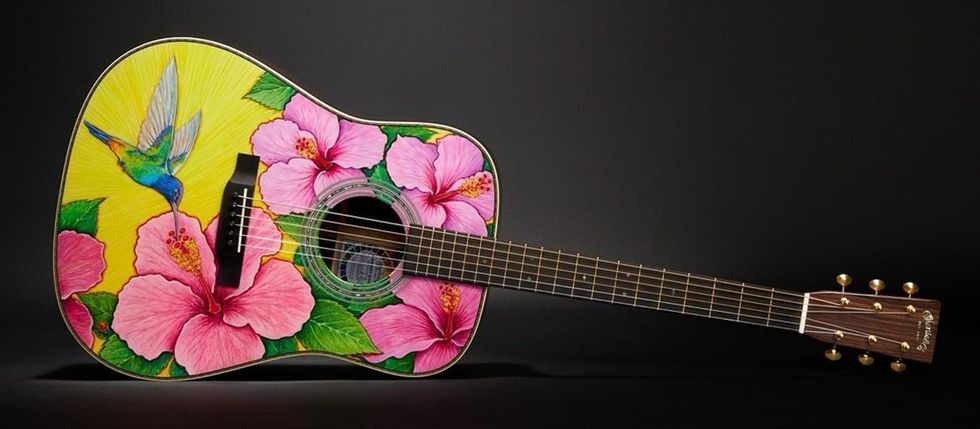
The D-Robert Goetzl 10 is a one-of-a-kind creation that lets both music and art take flight. Hand-painted by acclaimed artist Robert Goetzl, this stunning Martin Dreadnought features a vibrant hummingbird surrounded by bright, blooming flowers, bursting with color and life.
Just like a hummingbird, this guitar is light and agile, yet full of energy and vibrancy. The solid spruce top, adorned with Goetzl's artwork, ensures the guitar’s rich, resonant tone soars, while the solid East Indian rosewood back and sides provide deep bass and lush overtones.
Goetzl worked closely with Martin's expert craftspeople to bring his vision to life. “Not only are they making a beautiful body for me to work on, but once I hand it over, they help really make it special,” says Goetzl. From the hand-painted top to the final touches added by Martin’s team of artisans, this guitar is a true collaborative effort.
Complete with an abalone rosette, Waverly gold tuners, and a genuine mahogany neck, the D-Robert Goetzl 10 is a striking piece of playable art. Whether it’s perched on your wall or in your hands, this bird is ready to sing.
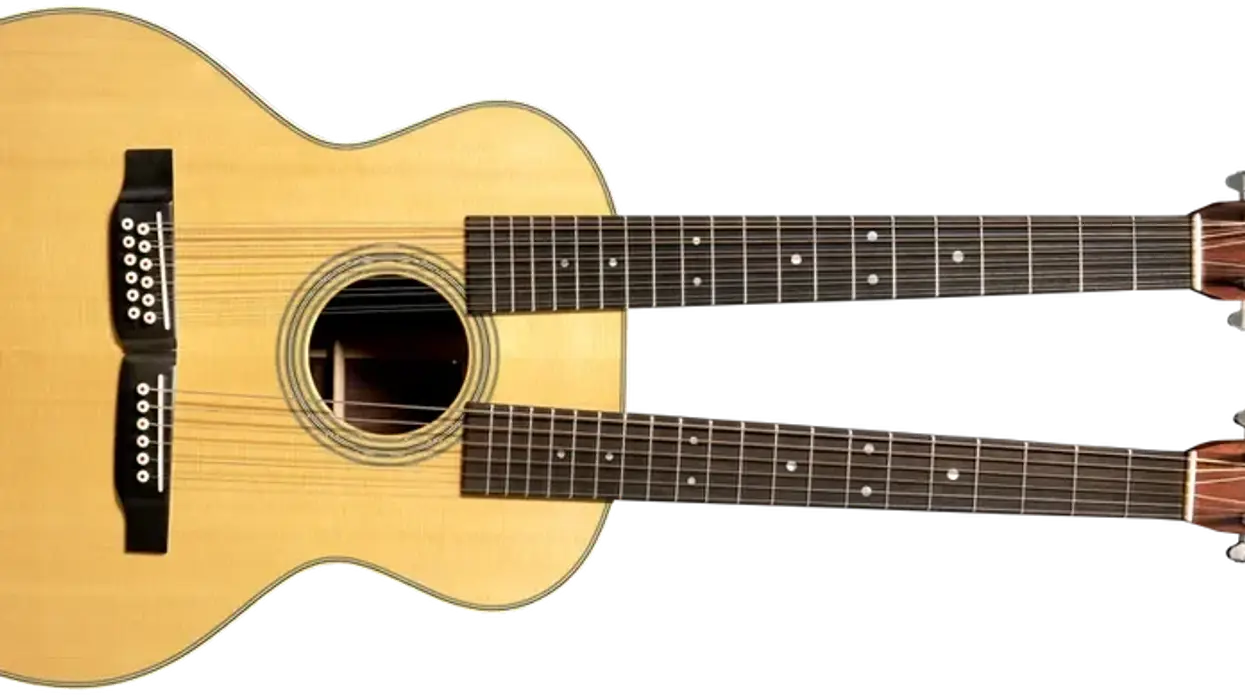


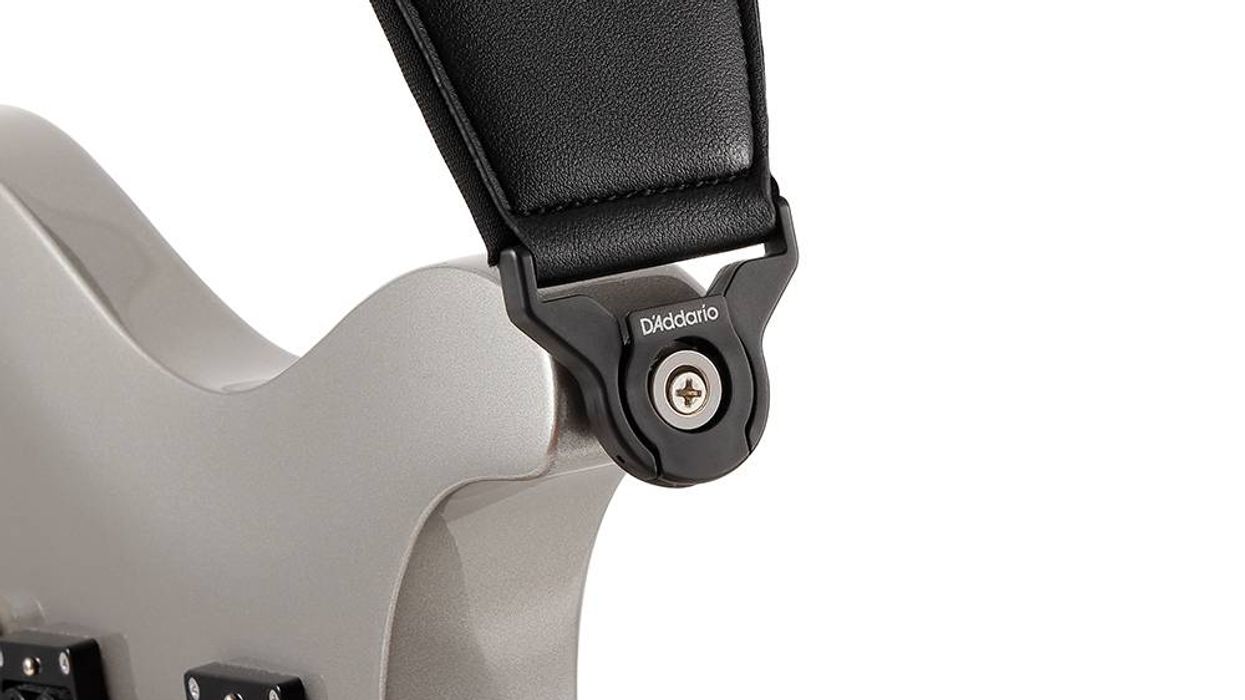

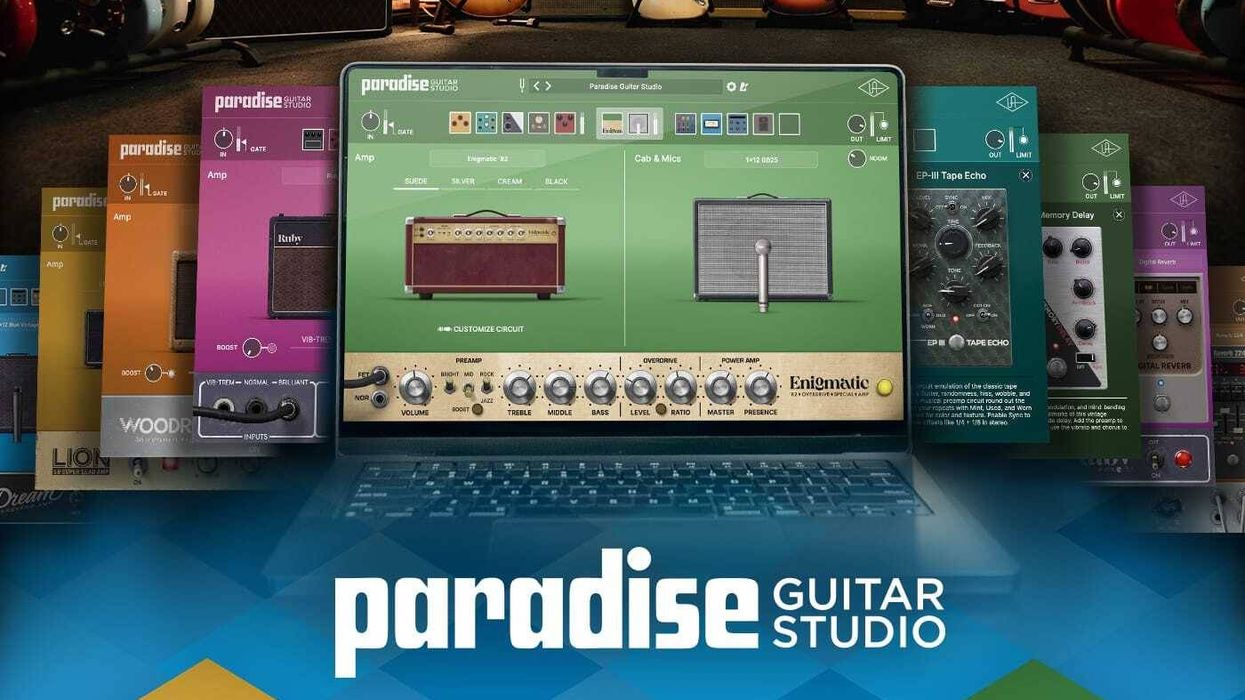





![Rig Rundown: AFI [2025]](https://www.premierguitar.com/media-library/youtube.jpg?id=62064741&width=1245&height=700&quality=70&coordinates=0%2C0%2C0%2C0)

